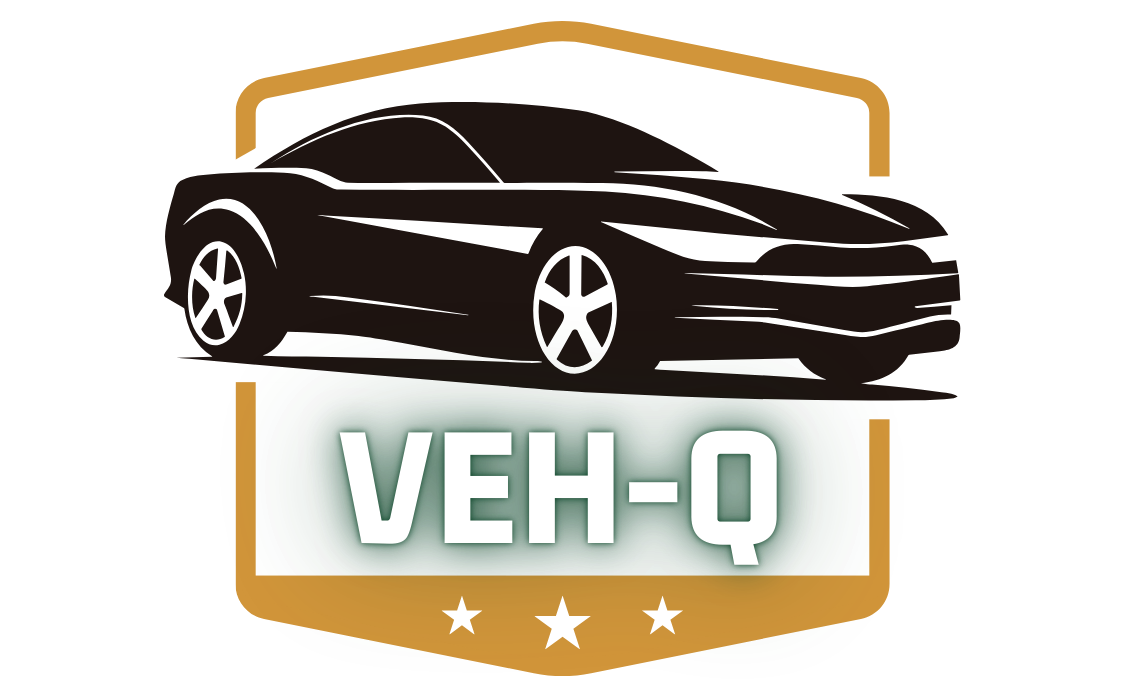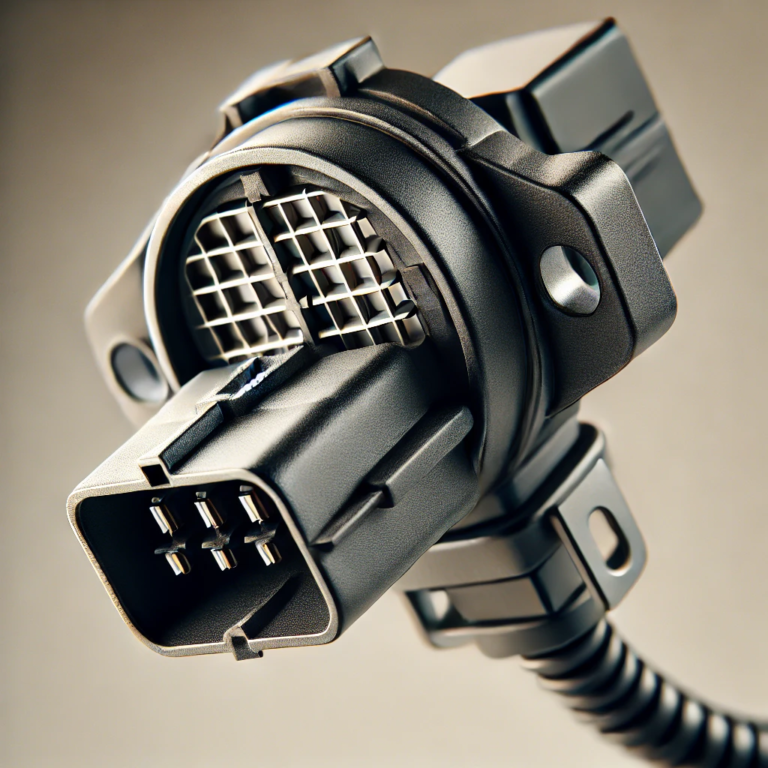When it comes to protecting a vehicle’s paint, two popular options stand out: Paint Protection Film (PPF) and ceramic coating. Both offer unique benefits and serve the purpose of preserving your car’s appearance, but they function in different ways and are suited for different needs.
Understanding the differences between PPF and ceramic coating can help you make an informed decision about which is right for your vehicle.
What is Paint Protection Film (PPF)?
Composition and Functionality
Paint Protection Film (PPF), also known as clear bra, is a thermoplastic urethane film applied to the painted surfaces of a car. Originally developed for military use, PPF is designed to protect the paint from rock chips, minor abrasions, bug splatters, and other potential damage. The film is transparent, allowing the color and finish of the vehicle’s paint to show through while providing a physical barrier against external elements.
PPF has self-healing properties, meaning minor scratches and swirl marks can disappear when exposed to heat, such as from the sun or hot water. This feature is one of the key selling points of PPF, making it an excellent choice for those looking to protect their vehicle from physical damage.
Thickness and Durability
PPF is typically thicker than ceramic coatings, measuring between 6 to 10 mils (thousandths of an inch) in thickness. This thickness provides superior protection against physical impacts, such as rock chips and scratches. The durability of PPF is also notable, with most films lasting between 5 to 10 years, depending on the quality of the film and environmental conditions.
Coverage
PPF is often applied to high-impact areas of the vehicle, such as the front bumper, hood, fenders, side mirrors, and door edges. However, it can also be applied to the entire vehicle for maximum protection. Full-body PPF applications are more expensive but offer comprehensive protection for the entire vehicle’s paintwork.
What is Ceramic Coating?
Composition and Functionality
Ceramic coating is a liquid polymer that chemically bonds to the vehicle’s paint, creating a hydrophobic (water-repellent) layer. Unlike PPF, ceramic coating does not provide a physical barrier but instead enhances the vehicle’s paint by adding gloss, improving resistance to chemical stains, and making the surface easier to clean.
The hydrophobic properties of ceramic coating cause water, dirt, and other contaminants to bead up and roll off the surface, reducing the likelihood of water spots, bird droppings, and other pollutants bonding to the paint. This makes the car easier to clean and maintain, with less frequent washing required.
Thickness and Durability
Ceramic coatings are much thinner than PPF, usually measuring around 2 to 3 microns (1 micron = 0.001 millimeters) in thickness. Despite being thin, ceramic coatings are highly durable and can last between 2 to 5 years, depending on the product used and the maintenance routine. Some high-end ceramic coatings claim durability of up to 7 years or more.
Coverage
Ceramic coatings are typically applied to the entire vehicle, including the paint, wheels, glass, and plastic trim. The application process involves multiple steps, including surface preparation, polishing, and layering the coating, making it a more involved process than applying PPF. The result is a glossy, protected surface that enhances the vehicle’s overall appearance.
What Is A Conversion Package On A Truck? Explained By VehQ
VEHQ
Comparing PPF and Ceramic Coating
Protection Level
- PPF: Provides superior protection against physical damage, such as rock chips, scratches, and minor abrasions. The self-healing properties of PPF make it particularly effective at maintaining a flawless finish.
- Ceramic Coating: Offers protection against chemical damage, UV rays, bird droppings, and minor swirl marks. It does not protect against rock chips or deeper scratches but enhances the paint’s resistance to environmental contaminants.
Aesthetic Enhancement
- PPF: While PPF is transparent and allows the vehicle’s paint color to show through, it may slightly alter the appearance of the paint due to its thickness. Some PPF products offer a matte finish, which can change the look of the vehicle.
- Ceramic Coating: Enhances the paint’s gloss and depth, giving the vehicle a shiny, polished appearance. The coating also creates a slick surface that repels water and dirt, making the car easier to clean and maintain.
Application Process
- PPF: The application of PPF is a more labor-intensive process, often requiring professional installation to ensure proper adhesion and coverage. The film must be cut and fitted to the specific contours of the vehicle, and any mistakes during installation can lead to bubbles or peeling.
- Ceramic Coating: While ceramic coating can also be applied by professionals, some products are available for DIY enthusiasts. The application process involves thorough cleaning, polishing, and layering the coating, which requires precision but is generally less complex than PPF installation.
Maintenance
- PPF: Requires minimal maintenance, but it is essential to avoid harsh chemicals that can damage the film. Washing with mild soap and water is recommended, and any damage to the film should be addressed promptly to prevent it from spreading.
- Ceramic Coating: Requires regular maintenance to maintain its hydrophobic properties. This includes using pH-neutral car shampoos and avoiding abrasive cleaning tools that can degrade the coating over time.
Cost
- PPF: Generally more expensive due to the material cost and labor-intensive installation process. Full-body PPF applications can range from $2,000 to $7,000 or more, depending on the vehicle size and the quality of the film.
- Ceramic Coating: Less expensive than PPF, with professional applications ranging from $500 to $2,000. DIY ceramic coating kits are available for a fraction of the cost but may not offer the same level of protection or longevity as professional-grade products.
Which One Should You Choose?
The decision between PPF and ceramic coating depends on your specific needs and preferences. If you prioritize protection against physical damage, such as rock chips and scratches, PPF is the better choice. Its self-healing properties and durability make it ideal for those who drive frequently on highways or in areas with harsh road conditions.
On the other hand, if you are more concerned with enhancing the appearance of your vehicle and protecting it from environmental contaminants, ceramic coating is the way to go. It provides a glossy finish, hydrophobic properties, and easier maintenance, making it suitable for those who want to keep their car looking pristine with minimal effort.
For those looking for the best of both worlds, some opt for a combination of both PPF and ceramic coating. Applying PPF to high-impact areas and ceramic coating to the entire vehicle offers comprehensive protection and aesthetic enhancement.
Volvo Critical Charging Fault: Understanding and Managing the Issue
vehq
Conclusion
Both PPF and ceramic coating offer valuable benefits for protecting your vehicle’s paint and enhancing its appearance. While PPF provides superior protection against physical damage, ceramic coating excels in chemical resistance and ease of maintenance. Understanding the differences between these two options can help you make an informed decision that aligns with your vehicle’s needs and your personal preferences.
FAQs
Can PPF and ceramic coating be applied together?
Yes, many vehicle owners choose to apply both PPF and ceramic coating. PPF is applied first to protect against physical damage, followed by ceramic coating to enhance the appearance and provide additional protection.
How long does PPF last compared to ceramic coating?
PPF typically lasts between 5 to 10 years, depending on the quality of the film and environmental conditions. Ceramic coatings last between 2 to 5 years, with some high-end products claiming up to 7 years of durability.
Does PPF affect the appearance of my car’s paint?
PPF is transparent, but its thickness may slightly alter the appearance of the paint. Some films offer a matte finish, which can change the look of the vehicle.
Can I apply ceramic coating myself?
Yes, DIY ceramic coating kits are available for purchase. However, professional application is recommended for optimal results, as the process requires precision and experience.
What happens if PPF gets damaged?
If PPF gets damaged, it should be repaired or replaced promptly to prevent further damage to the underlying paint. Minor scratches may self-heal with heat exposure, but larger tears or peeling will require professional attention.

